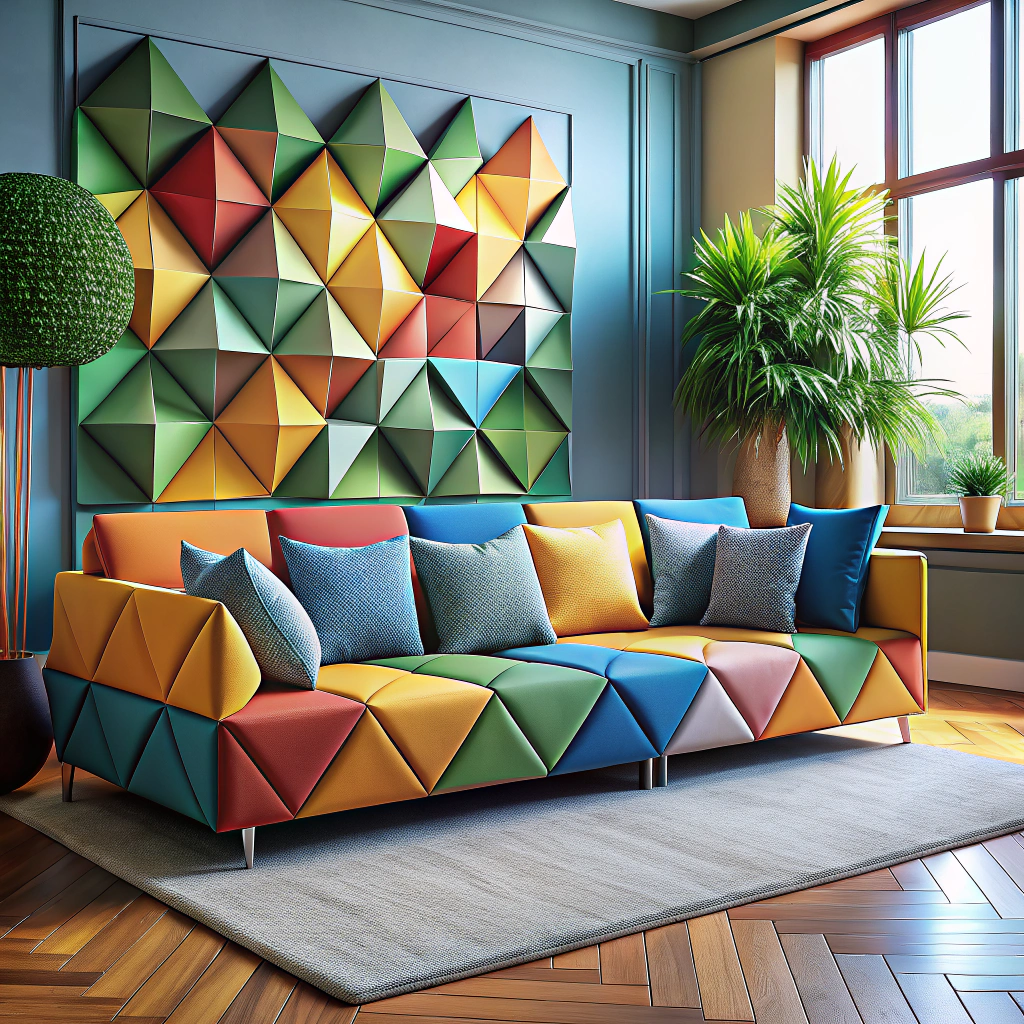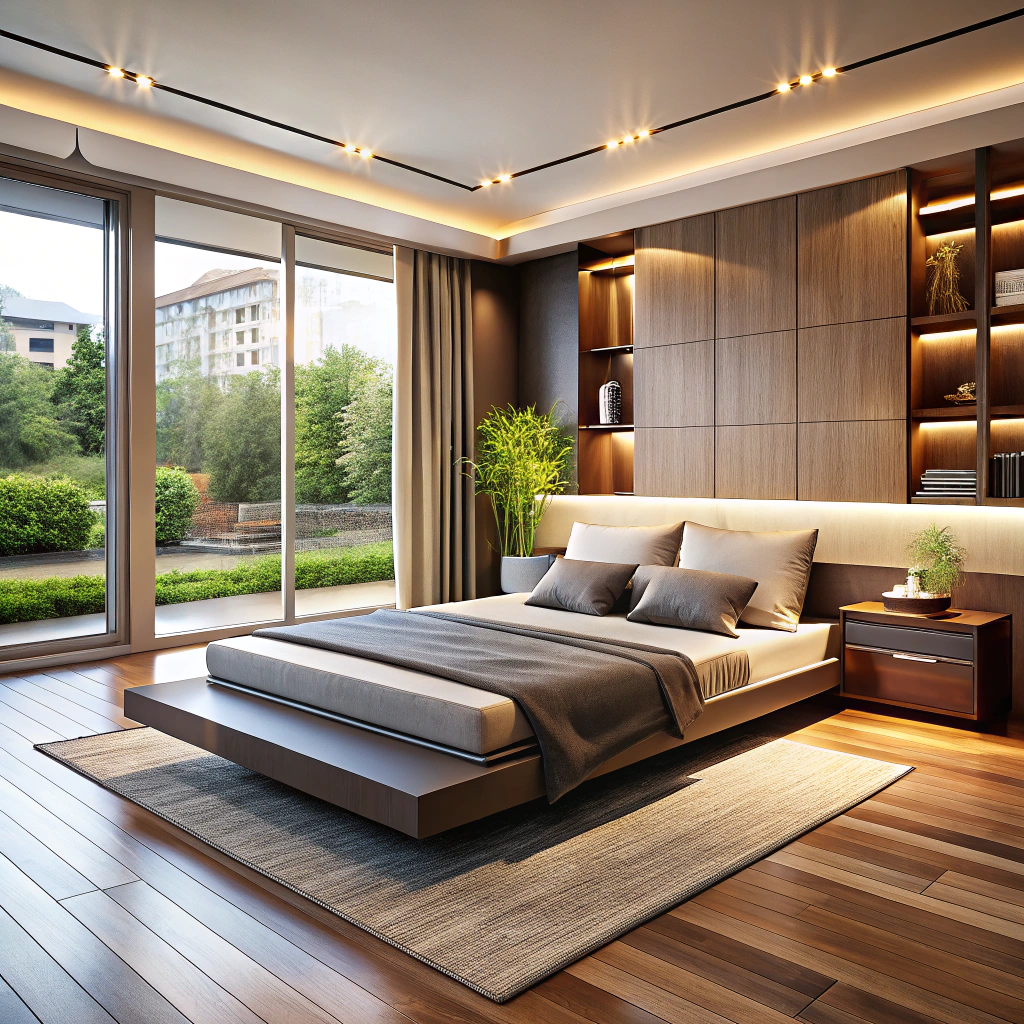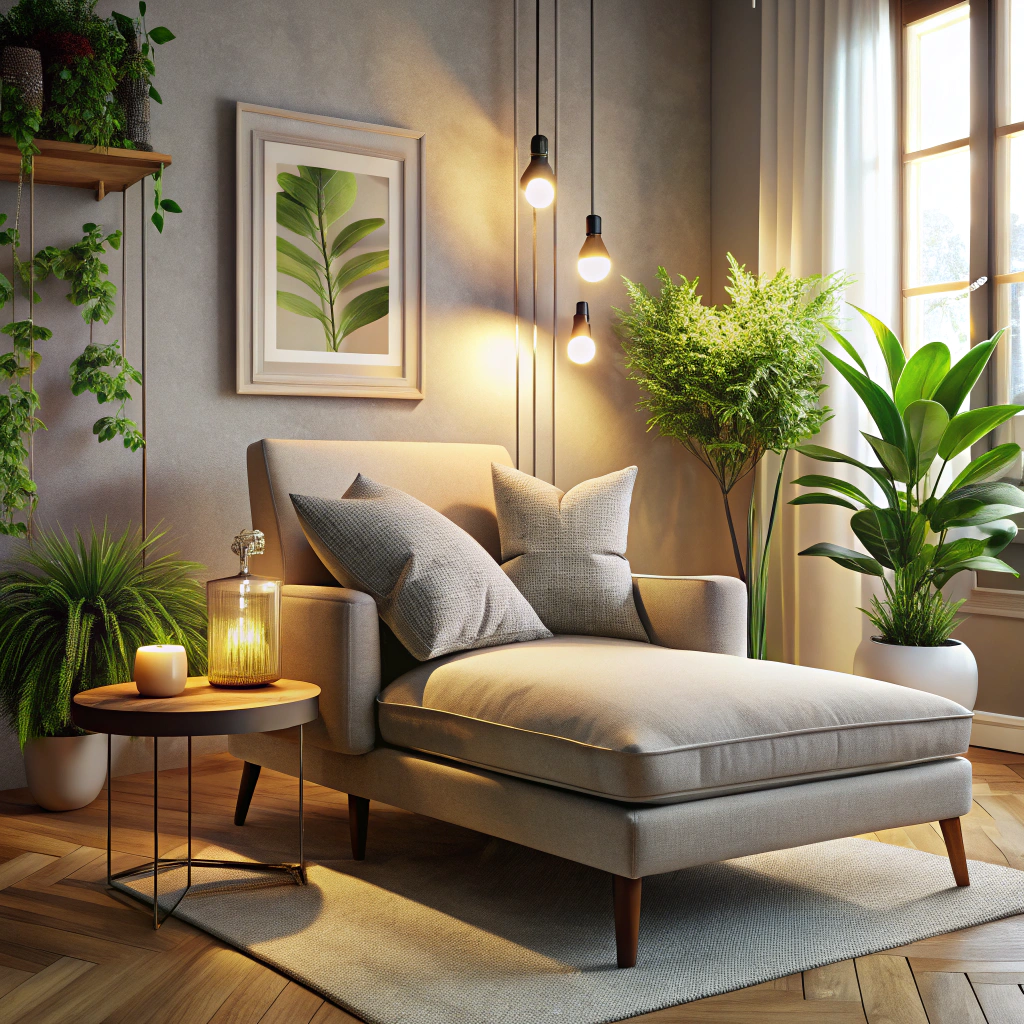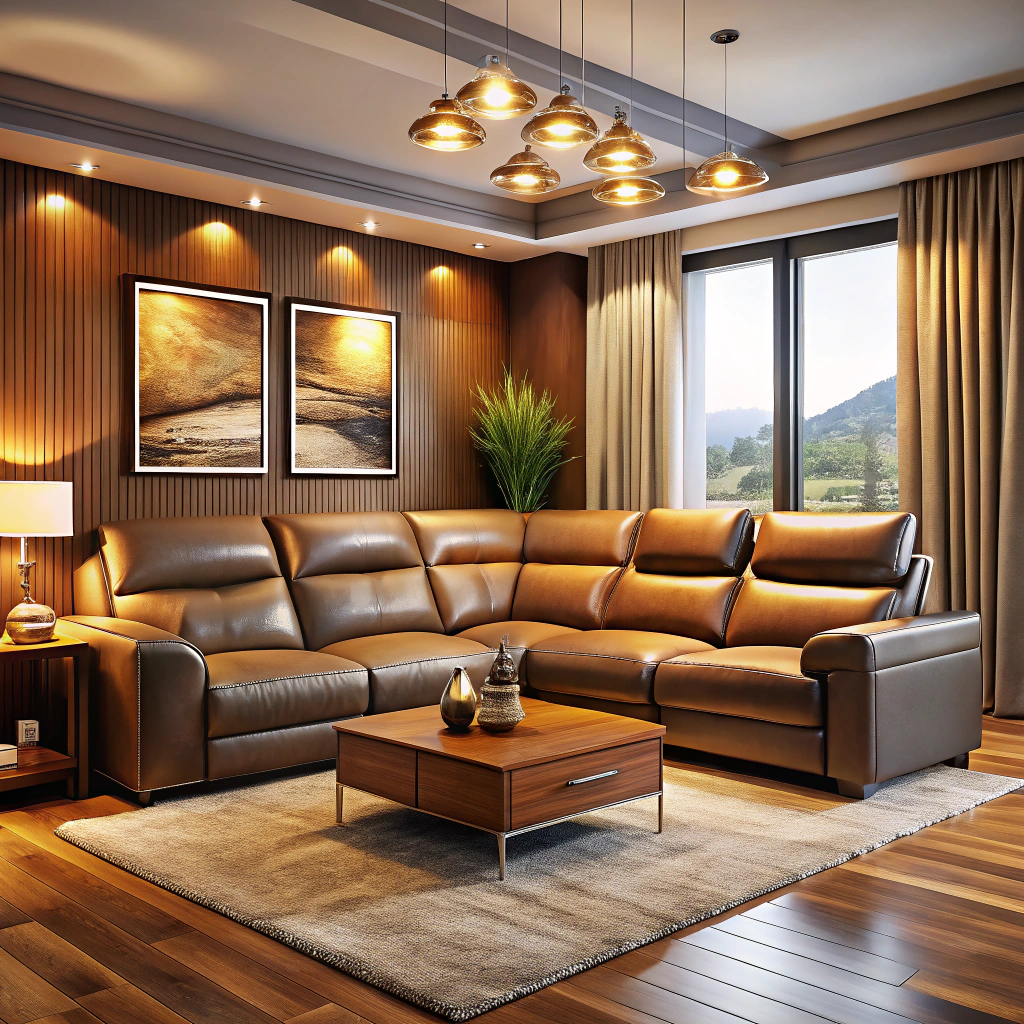Last updated on
Discover creative and stylish ways to enhance the space above your sofa, transforming it into a stunning focal point in your living room.
Key takeaways:
- Measure wall space & keep 6-8 inch gap above sofa.
- Art should cover 2/3 to 3/4 of sofa’s width.
- Mix frame styles, start with largest piece, use consistent spacing.
- Choose art that respects scale & proportion of sofa and room.
- Center art 6-8 inches above sofa, use appropriate hardware.
Table of Contents
Assessing the Space Above Your Sofa
Evaluating the area over your couch sets the stage for a harmonious design. Begin by measuring the wall space available – height and width are key. Keep a minimum 6-8 inch gap between the top of your sofa and the bottom of the decor piece to create a visual breather.
Take note of existing features like shelves, windows, or sconces that might influence the arrangement. Consider the sofa’s width – your wall decor should ideally be about two-thirds of this length to maintain balance.
Observe the room’s traffic flow and avoid extending decorations into areas where they might be knocked. Lighting is also crucial; ensure the space gets adequate ambient or accent lighting to highlight your chosen decor effectively.
Choosing the Right Size for Wall Art
When deciding on wall art dimensions, a general rule is to select a piece that covers two-thirds to three-quarters of the sofa’s width. For a standard 84-inch sofa, aim for art that’s approximately 56 to 63 inches wide. If you’re opting for a diptych or triptych, ensure the collective widths adhere to this guideline.
Keep in mind that the art’s lower edge should hang 8 to 10 inches above the back of the sofa. This prevents visual clutter and avoids any head bumps when sitting down. For pieces that are shorter in height, consider a series of artworks that can be stacked or arranged to fill the vertical space effectively.
When in doubt, use painters’ tape to mark the intended area on the wall. This provides a visual reference to help you gauge the appropriate size before making any commitments. Remember, the goal is to complement, not overwhelm, your sofa and the surrounding space.
Creating a Balanced Gallery Wall
To achieve harmony in a gallery wall, consider the following:
- Mix various frame styles and sizes for a dynamic yet cohesive look. Ensure that the frames don’t clash to maintain visual flow.
- Use a unifying element, like a color scheme or a recurrent theme in your artwork, to tie the collection together.
- Begin with the largest piece as your focal point and arrange smaller pieces around it. This anchors the arrangement and guides the viewer’s eye.
- Keep the spacing consistent between frames. Generally, 2-3 inches apart is a good rule, preventing a cluttered or disconnected appearance.
- Create a template of your gallery wall using craft paper. Trace the frames onto the paper, cut them out, and test your layout on the wall with painter’s tape. This step saves time and protects your walls from unnecessary holes.
- Consider the balance of the overall composition, both in terms of visual weight and physical placement. Arrange lighter and smaller pieces toward the edge and the heavier or larger ones closer to the center.
- To ensure your gallery wall feels intentional, think about symmetry. Pieces don’t have to match exactly, but they should have a sense of balance, whether it’s through similar frame styles, sizes, or artwork themes.
- Don’t rush the process. Take your time collecting pieces that speak to you rather than purchasing all at once. This adds a personal and curated touch to your space.
The Importance of Wall Decor Scale and Proportion
In decoration, scale and proportion are fundamental for achieving aesthetic harmony. A common guideline is that a piece of wall decor should cover about two-thirds to three-fourths of the wall space above your sofa. This ensures the artwork looks intentional and cohesive with the size of your furniture.
When multiple pieces are being used, consider their collective presence. Artwork should be connected visually, forming a unit that respects the scale of your sofa. Leave enough space between each piece to avoid a cluttered appearance, typically about 2-5 inches.
Proportion is also critical. Select artwork or objects that complement not just the wall size, but also the style and color scheme of the room. Think about the visual weight. A small, delicate piece may get lost on a large wall, while something too large can overpower the space.
Remember, these rules can flex depending on the desired effect—larger pieces can work if you’re going for a bold statement, and smaller pieces grouped together can create interest if spaced and arranged thoughtfully.
How to Hang Art Properly Above a Sofa
Center your artwork above the sofa to create a sense of harmony. The optimal placement is about 6-8 inches above the top of the sofa, which allows the art to visually connect with the furniture without overwhelming it.
Use the sofa length to determine the artwork’s width; aim for a piece that is two-thirds to three-quarters the sofa’s length. This size ensures the art is substantial but doesn’t dwarf the sofa.
Keep the artwork’s orientation in mind; a horizontal piece can complement the sofa’s width, whereas a vertical piece can add visual height to the room.
Secure heavier pieces with appropriate hardware, such as wall anchors, to ensure safety and stability.
Use a level to ensure that your artwork is straight. A crooked piece can detract from the overall aesthetic.
For multiple pieces, maintain a consistent space between frames, typically 2-5 inches, to create a cohesive gallery effect. Consider the arrangement on the floor first, before transferring it to the wall, to avoid unnecessary holes.
If you’re hesitant, use templates made from paper to visualize the layout on the wall before committing to nails or hooks. This step helps you adjust placements without damaging the wall.




